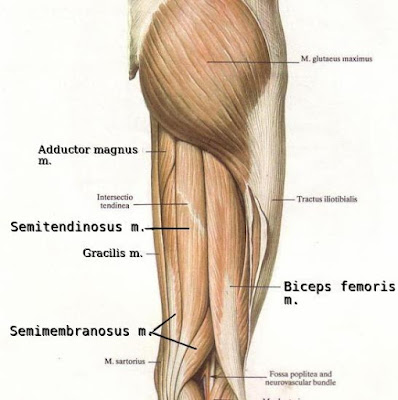The efferent innervation of skeletal muscle is carried out by a lower motor neuron, its efferent nerve endings, and the motor end plate, which is the site of the neuromuscular junction. Individual lower motor neurons in the spinal cord supply a number of muscle fibers, widely distributed throughout a muscle, with axon terminal nerve endings. The transmission of efferent nerve impulses is done through the motor end plate at the neuromuscular junction.
In certain skeletal muscle, as few as three to five muscle fibers are supplied by each neuron. The regulation of contraction of such muscles, such as the extrinsic ocular muscles responsible for the delicate eye movement, is correspondingly precise. When efferent impulses stimulate skeletal muscle fibers to contract, these fibers always shorten to their fullest extent. Graded contractions of skeletal muscles depend on the number of muscle fibers stimulated to contract, and not on partial contraction of individual fibers.
The motor unit is the key to the efferent innervation of skeletal muscle. It consists of a lower motor neuron, the motor end plate, and skeletal muscle fibers that are innervated. Efferent impulses from the neuron cause all the muscle fibers to contract fully. When there are no impulses coming from the neuron, none of the fibers contracts at all. Therefore, the strength of a skeletal muscle contraction is the function of a number of motor units participating in the efferent innervation.
Below, schematic image of efferent innervation of skeletal muscle. You can see that upper motor neurons can also take part in such action in a more complex way. Upper motor neurons are located in the primary motor gyrus, or pre-central gyrus, in the frontal lobe of brain.

































